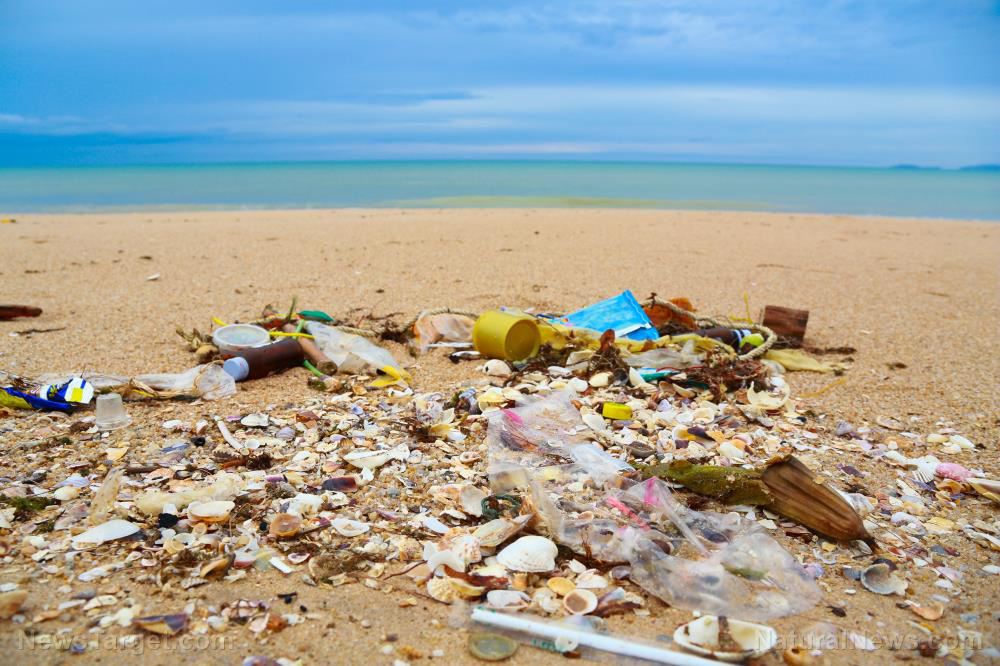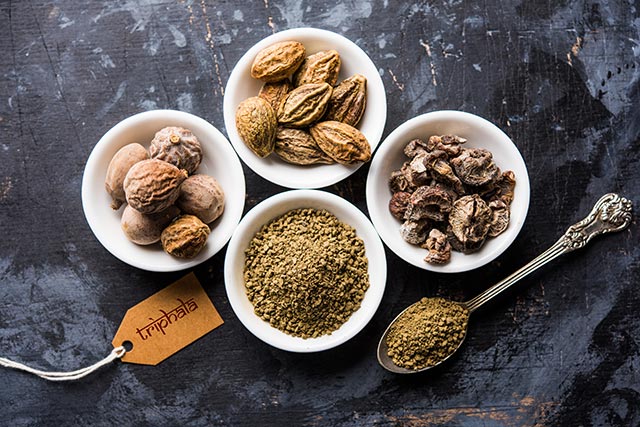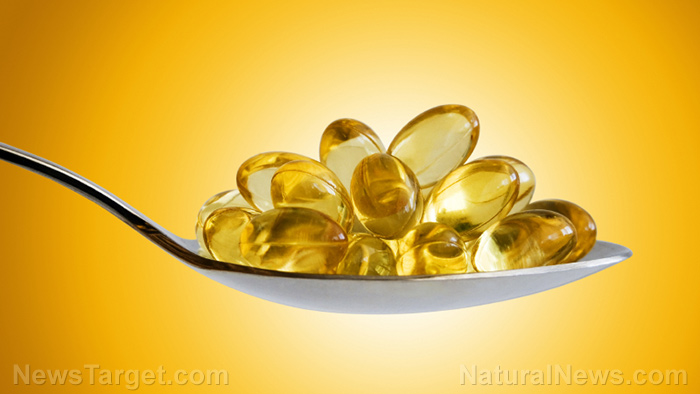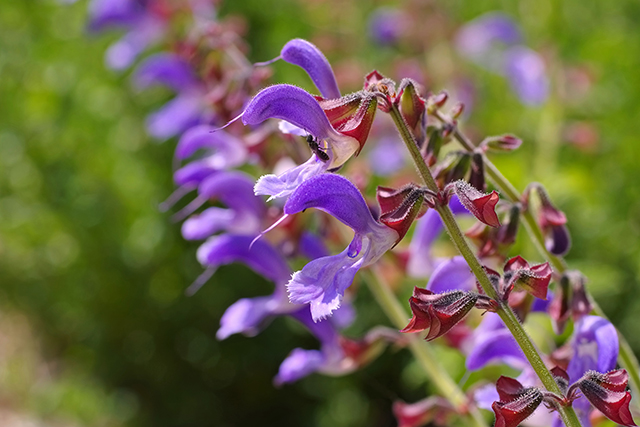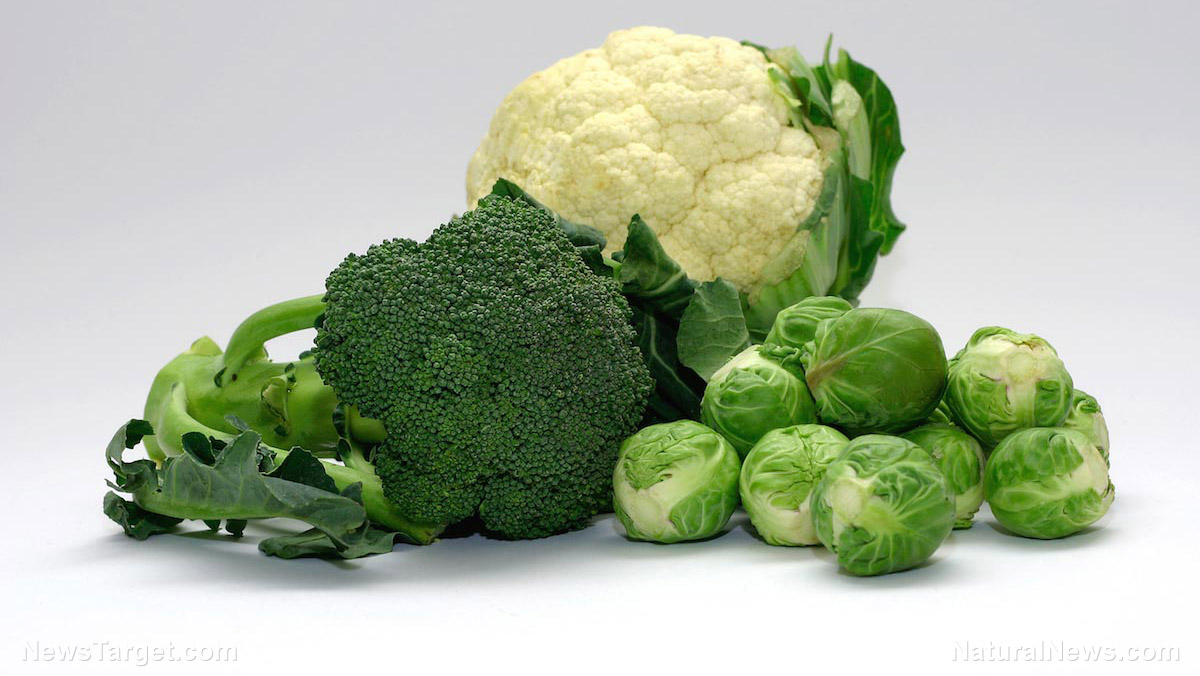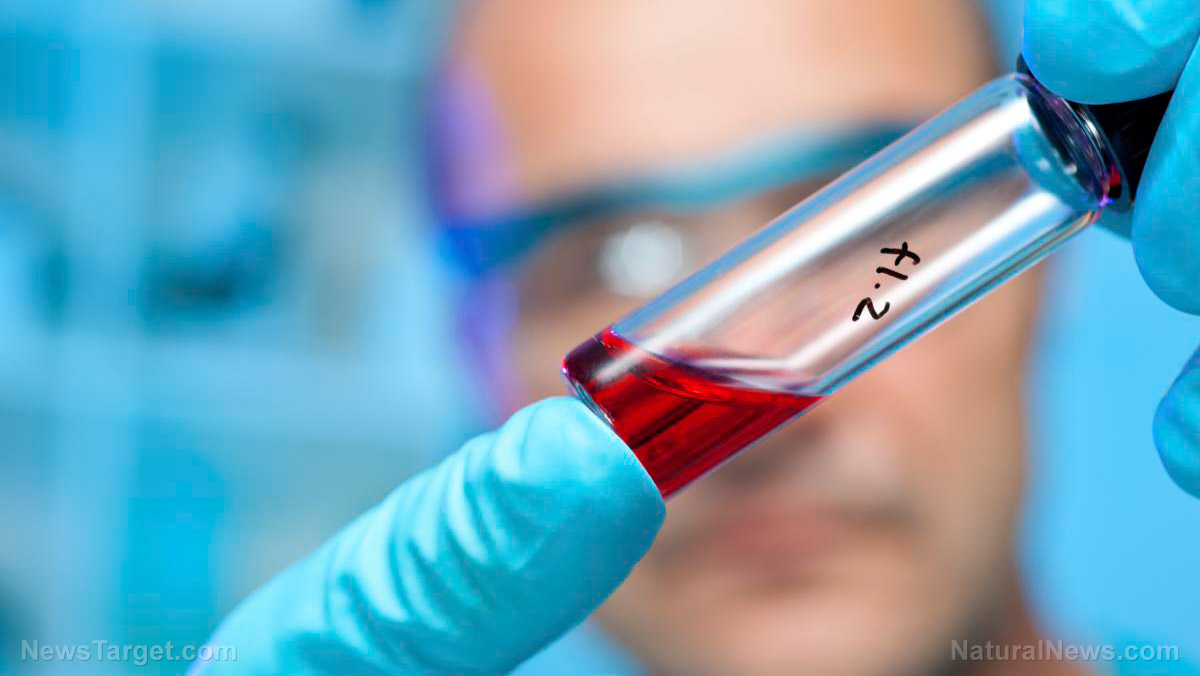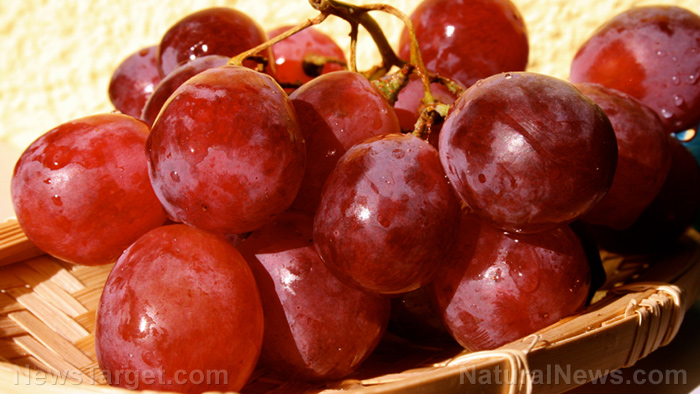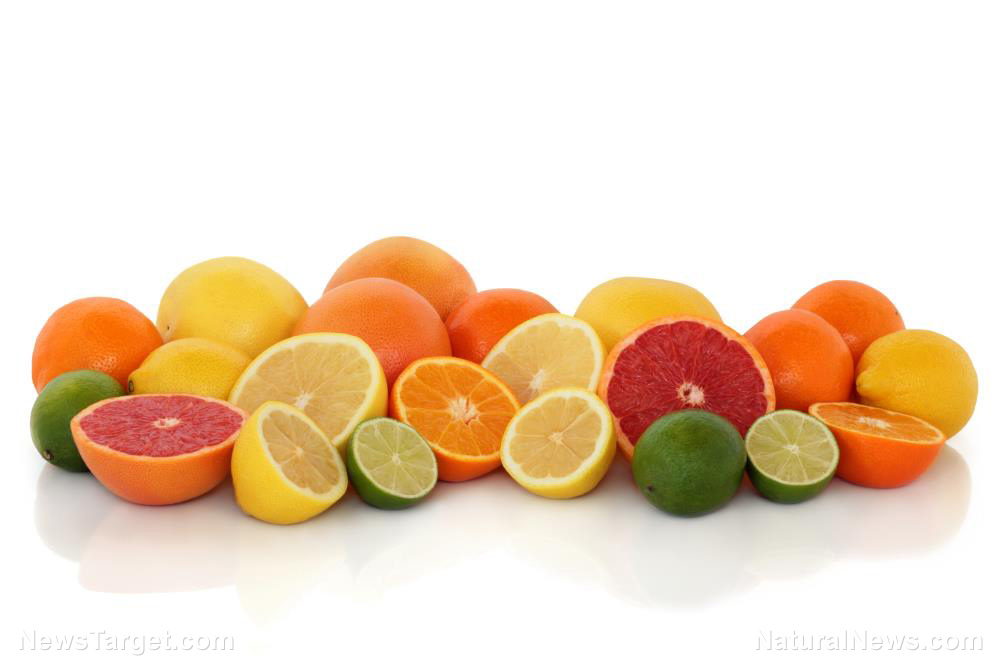Scientists study efficient photosynthetic bacteria to boost crop yields
07/01/2019 / By Stephanie Diaz

The current population of the world is now at least 7.7 billion, based on the latest data from the United Nations, and it is increasing every single day. It takes a tremendous amount of logistics to feed that many mouths and keep society afloat. While earlier civilizations were built on the abundance of food, humans today have to play catch up due to the sheer amount of people. To cope with this problem, scientists are now trying to find new ways to increase agricultural production.
In a study published in the Journal of Biological Chemistry, a group of researchers from Canada reported on how bacteria could help boost crop yield by improving an enzyme called RubisCO. This enzyme uses light energy to incorporate carbon dioxide into organic molecules that the plant can use to form sugar.
RubisCO works better in bacteria
RubisCO is an enzyme found in plants and photosynthetic microorganisms such as cyanobacteria. Scientists believe that the enzyme, which is made of protein sub-units that help with photosynthesis, is a callback to ancient geological times when carbon dioxide was one of the most abundant gases on the planet. These days, the Earth’s condition is different: Oxygen is now the most abundant gas, and carbon dioxide is not as ubiquitous. This makes RubisCO became incredibly inefficient in plants since it cannot differentiate oxygen and carbon dioxide. As a result, it captures both gases. The plant needs the latter to function, but as it processes the former, it generates compounds that plants cannot use. It then has to use extra energy to recycle those compounds.
In contrast, cyanobacteria work efficiently by trapping carbon dioxide in compartments called carboxysomes. The protein shell of the carboxysome does not allow carbon dioxide to escape. This helps RubisCO in the bacteria to do a better job at performing its function since it only has access to carbon dioxide.
The potential of cyanobacteria and other photosynthetic bacteria to boost crop growth does not stop with the study of its enzyme. Researchers are also investigating the effect of using photosynthetic bacteria directly on agricultural products. In a study published in the Journal of Plant Nutrition, researchers from Northeast Forestry University in China studied the effect of spraying photosynthetic bacteria on the growth of Chinese dwarf cherry seedlings. They found that the bacteria had a positive impact on the growth of the plant.
Horticulturists, meanwhile, add beneficial bacteria to soil or other grow mediums to help plants grow faster. These microorganisms are capable of breaking down large organic matter into smaller compounds that plants can readily absorb as a nutrient source.
Can bacteria address food security?
Food security is becoming a serious problem every year. A billion people across the world experience the effects of limited food availability. The international community takes extensive measures to ensure that humanity can feed itself in the future. New developments, like those mentioned above, can help humans cope with the explosive population growth. If the agricultural industry can effectively use microorganisms to increase the production of crops, then humanity is one step closer to solving the world’s food security issues. (Related: Global food security at risk as biodiversity is lost.)
Over the years, it has become common knowledge that bacteria come in all different sorts: There are good bacteria, and then there are virulent strains. In this case, bacteria can genuinely serve a greater good – food security is an issue of enormous scale if left unchecked. Historically, hunger, malnutrition, and starvation have killed millions of people and decimated many early civilizations; research such as these, applied collectively and cooperatively by all stakeholders, give humanity a fighting chance as it continues to populate the rest of the planet.
To learn more about microorganisms and their interaction with the environment, visit Ecology.news.
Sources include:
Tagged Under: bacteria, carbon dioxide, carboxysome, Chinese dwarf cherry, conservation, crops, cyanobacteria, Ecology, ecosystem, environment, enzyme, food science, food security, food supply, microorganisms, photosynthesis, Plants, population growth, research, RubisCO, science and technology, trees
RECENT NEWS & ARTICLES
COPYRIGHT © 2017 RESEARCH NEWS

